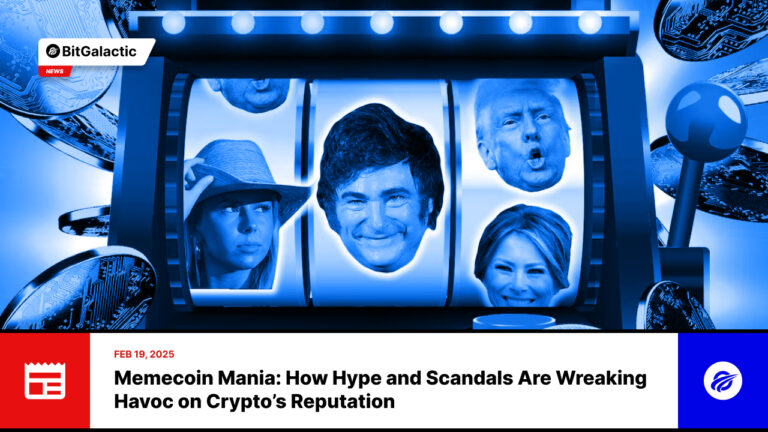Memecoin Mania: How Hype and Scandals Are Wreaking Havoc on Crypto’s Reputation.
Memecoins: No Longer a Joke, But a Multi-Billion Dollar Problem
What started as lighthearted fun—monetizing viral jokes and internet culture—has spiraled into a chaotic, multi-billion-dollar industry rife with pump-and-dump schemes and insider manipulation. Once dismissed as harmless, memecoins have now become a black eye on the crypto industry, pushing regulators and investors alike into crisis mode.
The latest scandal? A memecoin called LIBRA, touted by Argentina’s President Javier Milei, which skyrocketed to a staggering $4.5 billion market cap within an hour—only to crash by 80% shortly after. Now, Milei faces impeachment calls and government investigations, highlighting just how reckless the memecoin phenomenon has become.
Crypto Leaders Sound the Alarm
Industry leaders are speaking out against the damage memecoins have inflicted on crypto’s reputation. Jill Gunter, co-founder of Espresso Systems, bluntly stated: “Memecoins have undoubtedly damaged the industry’s reputation.”
Eylon Aviv, a partner at VC firm Collider, agrees, emphasizing how memecoin speculation has overshadowed legitimate innovation: “This overshadows real projects, even on Solana, and makes crypto look like a value-extracting industry people should avoid.”
This controversy comes at a crucial moment for crypto. In Washington, policymakers are debating regulatory clarity for the $3.3 trillion market, while Wall Street gears up for new ETF launches beyond Bitcoin and Ethereum. Yet, instead of discussing these developments, lawmakers and media outlets are focused on viral memecoins like HAWK, which skyrocketed before plunging 80%—leaving retail investors holding the bag.
The BitGalactic Perspective: A Ticking Time Bomb
From BitGalactic’s viewpoint, memecoins have become a “grift engine,” exploiting FOMO-driven retail investors while a select few insiders cash out. The explosion of platforms like Pump.Fun has made it absurdly easy for anyone to launch a memecoin in minutes, creating a breeding ground for speculative frenzy.
The formula is simple: launch a coin with a catchy name, create viral hype through livestreams and influencer endorsements, then dump on unsuspecting buyers. The result? The same cycle of skyrocketing prices followed by catastrophic crashes.
BitGalactic sees this as the ICO bubble of 2017 reloaded, but with even less substance. Back then, at least projects claimed to have technological ambitions. Today, memecoins are pure speculation—with no roadmap, no real use case, and no value beyond market hype.
Have We Reached the Breaking Point?
Memecoins reached their crescendo with the infamous TRUMP and LIBRA launches. Even Donald Trump himself, a vocal crypto supporter, triggered industry-wide soul-searching when his own memecoin launched ahead of his 2024 campaign—only to collapse within days.
Javier Milei’s LIBRA scandal may finally be the tipping point. The sheer scale of its rise and fall, coupled with political fallout, could force regulators to take decisive action. Gunter sums it up best: “A grift too far. Memecoins are pure extraction. This isn’t onboarding new users—it’s just destruction.”
As the dust settles, the question remains: Is crypto at risk of being defined by its worst excesses, or can the industry pivot back to real innovation before it’s too late?
Share this post


